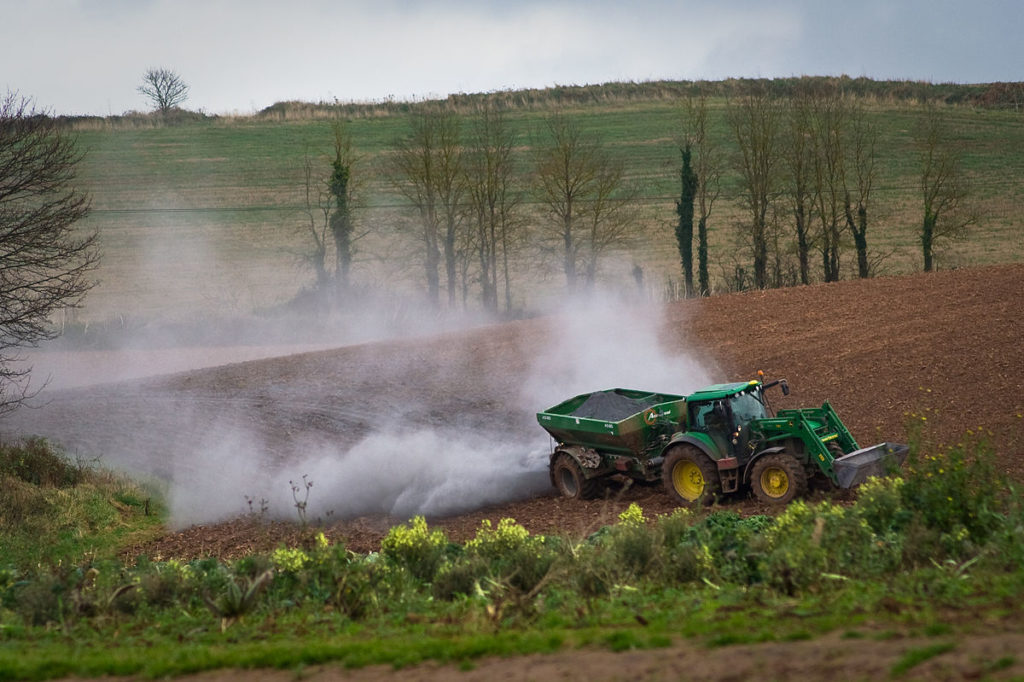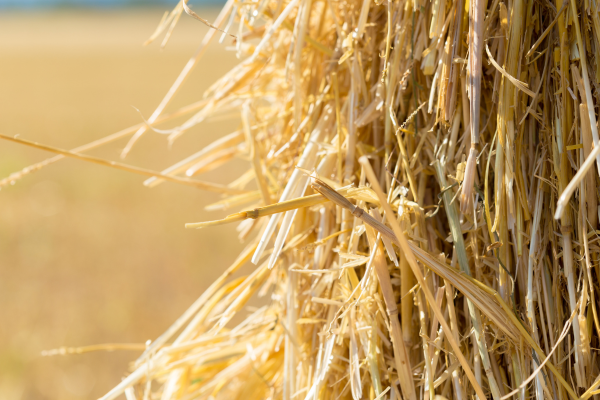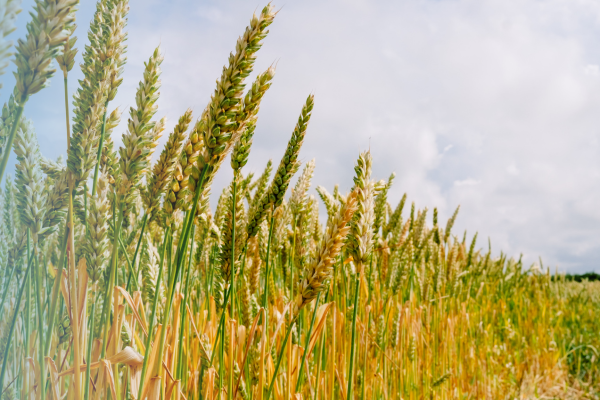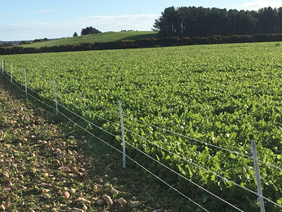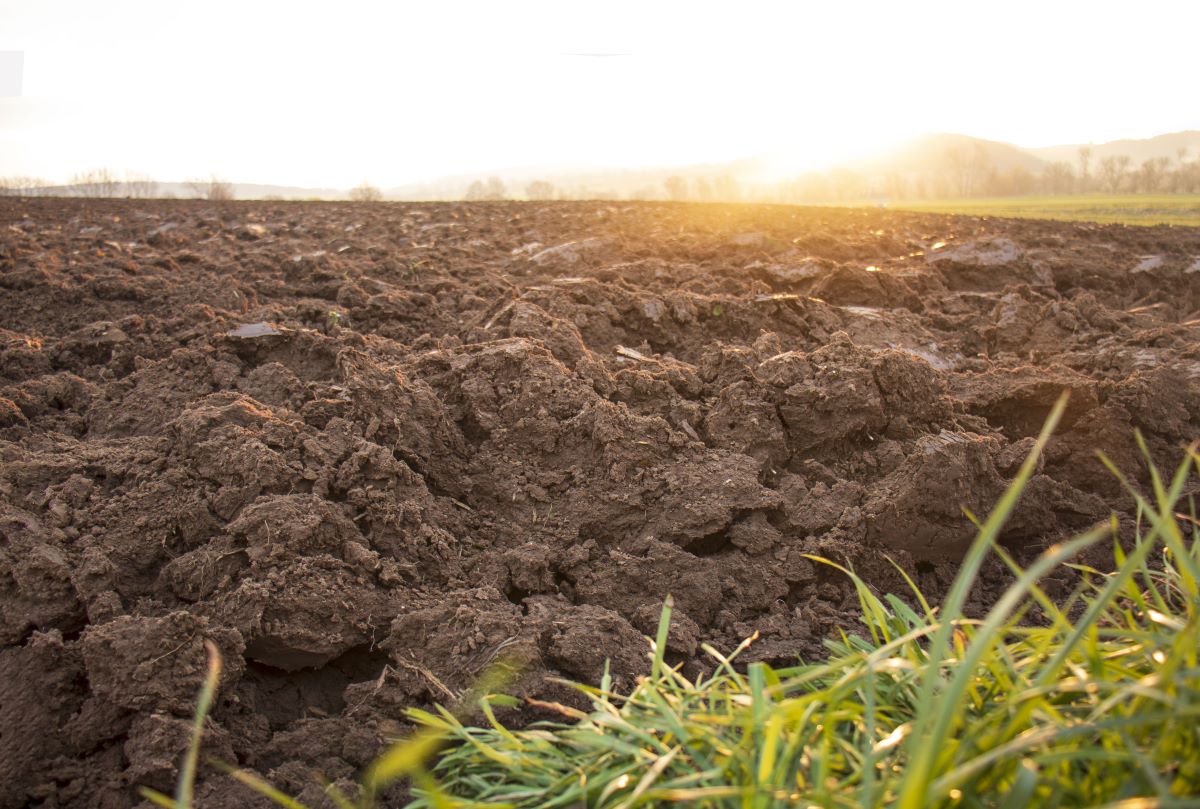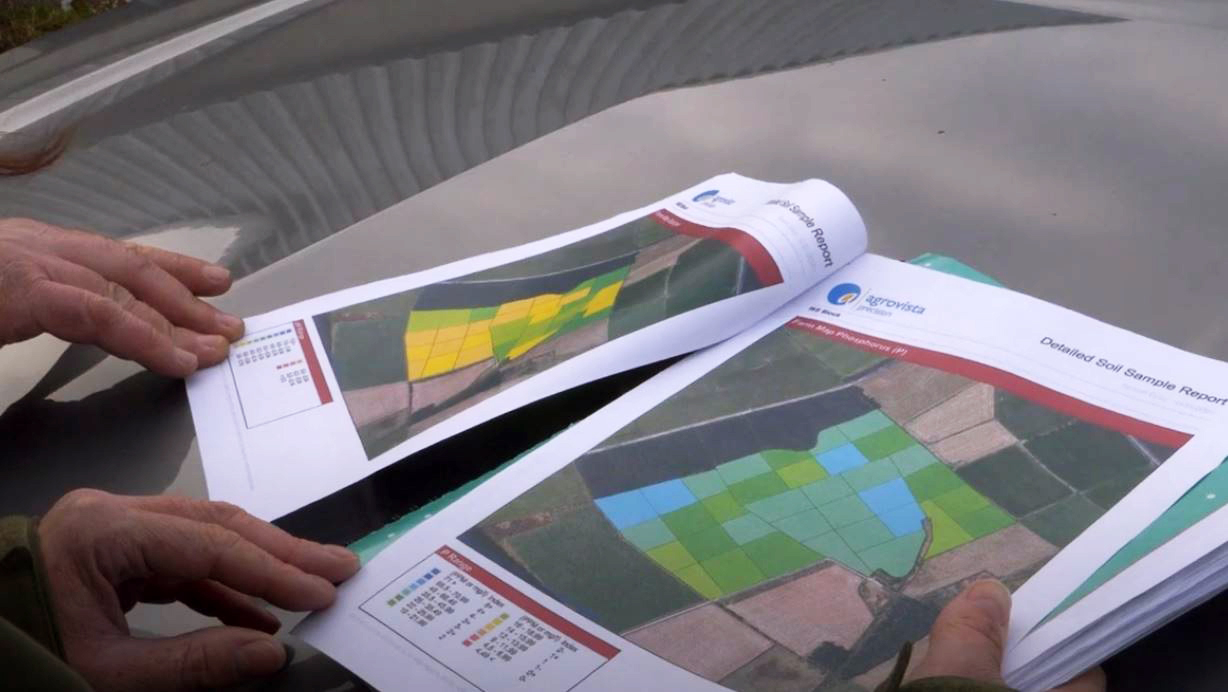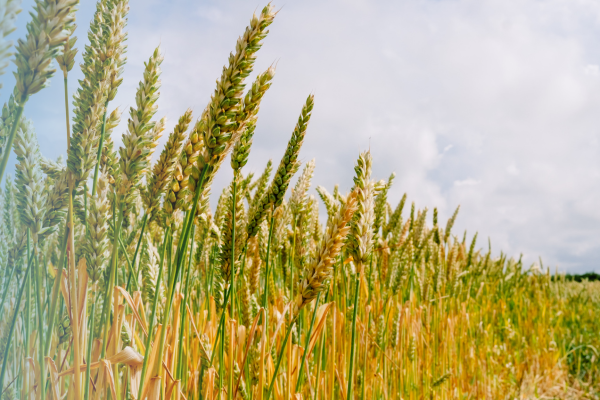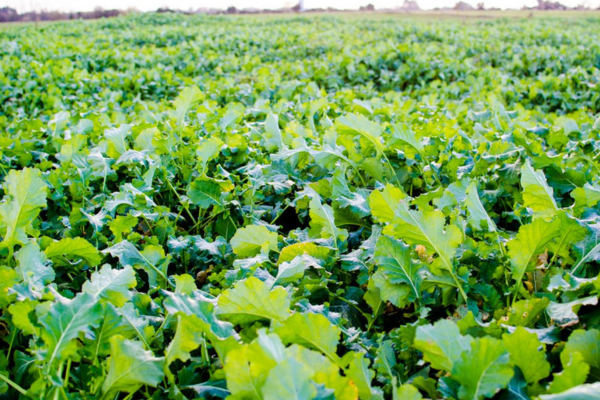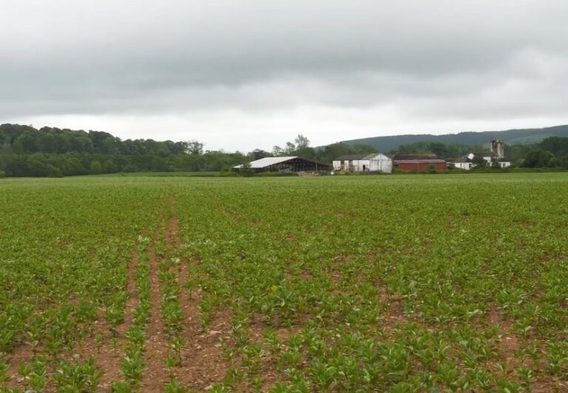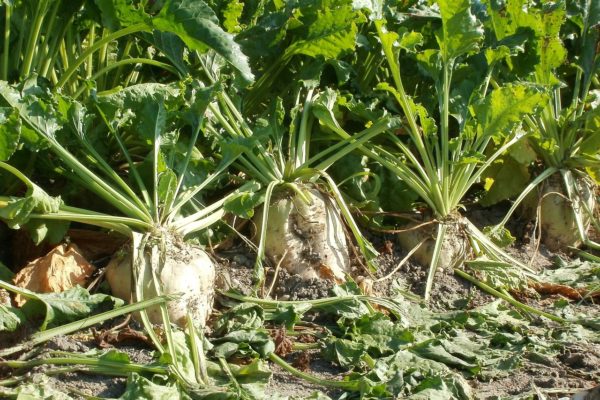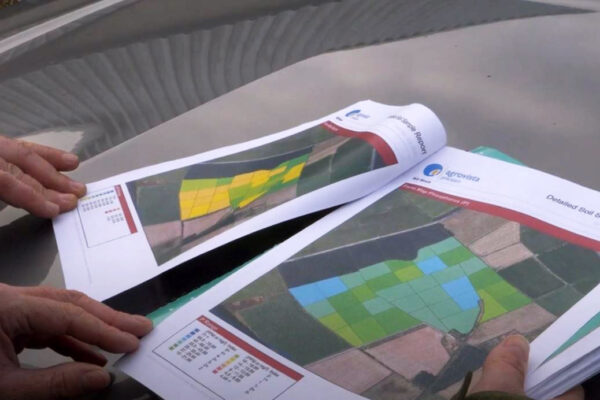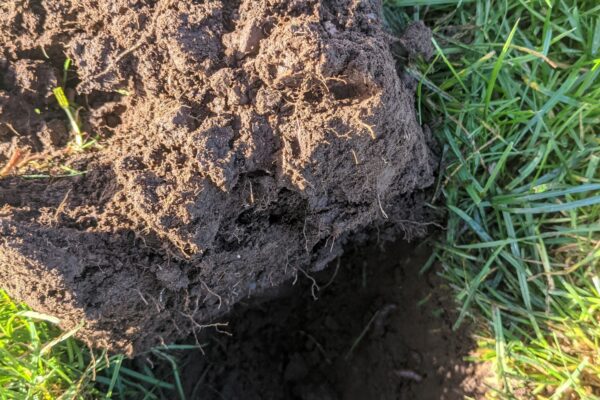Start Planning for Liming your Soil this Autumn
16 July 2025Autumn is one of the best times to correct soil pH and applying lime to grassland is a good investment for soil fertility, grass yield and to ensure efficient use of fertiliser.
Applying lime in late summer/autumn allows spreading to take place after a silage cut or graze, when no further applications of N fertiliser or slurry are required and therefore do not interfere with spreading lime. Weather conditions also tend to be more favourable with drier ground conditions for carrying machinery.
Tips for liming
- Ensure lime has been washed off the leaves and into the soil with sufficient rain before allowing stock to graze. Apply lime when grass covers are below 1800kg DM/ha.
- The same applies for silage fields – if lime is left on the leaves, it can affect the silage quality through a poorer fermentation.
- Slurry or urea fertiliser should be applied at least 3 months after liming to minimise N loss. However, you only need to wait 10 days after slurry or urea application before spreading lime.
Soil analysis is essential
Soil analysis to assess pH should be carried out every 3 to 4 years on intensive dairy farms. While soil analysis will inform you of whether the pH is adequate or not, some telltale signs that soils are needing liming include:
- High prevalence of chickweed, yarrow, dandelions and moss.
- Poor growth of clover and variation in clover leaf size.
- Bare patches in the sward.
- Shallow rooting depth of grasses (although could also be due to compaction).
- Yellowish tinge to the grass.
What causes pH to fall?
The pH status of soil will fall over time for a number of reasons. Rainfall is a key one, along with lime being removed from cutting for silage or grazing. A silage crop can remove around 60-80kg of lime per hectare per year. Soil acidity also increases with high nitrogen application, with 1kg N requiring roughly 2kg of lime.
How pH affects nutrient availability
Ensuring soil pH is at the optimum is important for availability of nutrients (see figure 1). This is clearly seen in grass yield responses to liming, with research showing an extra 1T DM/ha/year produced after raising soil pH from 5.5 to 6.3. At a pH of 5.5, only 77% of N and K is available and just 48% of P! The persistence of clover will also improve as clover favours slightly higher soil pH than perennial ryegrass and ideally soil should be maintained at pH 6.2 for high clover swards (for mineral soils).
Figure 1. Nutrient availability at different soil pH’s

Setting a liming strategy
The fields with the lowest pH should be addressed first and apply lime little and often, with no more than 5t/ha in one application. If more is required, it is best to split the application and apply half two years later. For medium textured soils, generally, 2.5t/ha of lime will increase the pH by 0.3 units i.e. from 5.8 to 6.1. Clay and mineral soils will need more lime to raise the pH 1 unit compared to sandy soils.
Granulated lime works very quickly, and small amounts can be applied yearly. While ground lime is cheaper, it works more slowly, with up to 35% taking up to 2 years to be fully utilised.
When purchasing lime, be sure to ask that what your buying is covered by the AgLime Quality Standard, which provides assurance on product quality (fineness) and efficacy. For further information on liming please see the following technical note: https://www.fas.scot/downloads/tn714-liming-materials-and-recommendations/
Lorna MacPherson, lorna.macpherson@sac.co.uk
Further Information
Sign up to the FAS newsletter
Receive updates on news, events and publications from Scotland’s Farm Advisory Service

